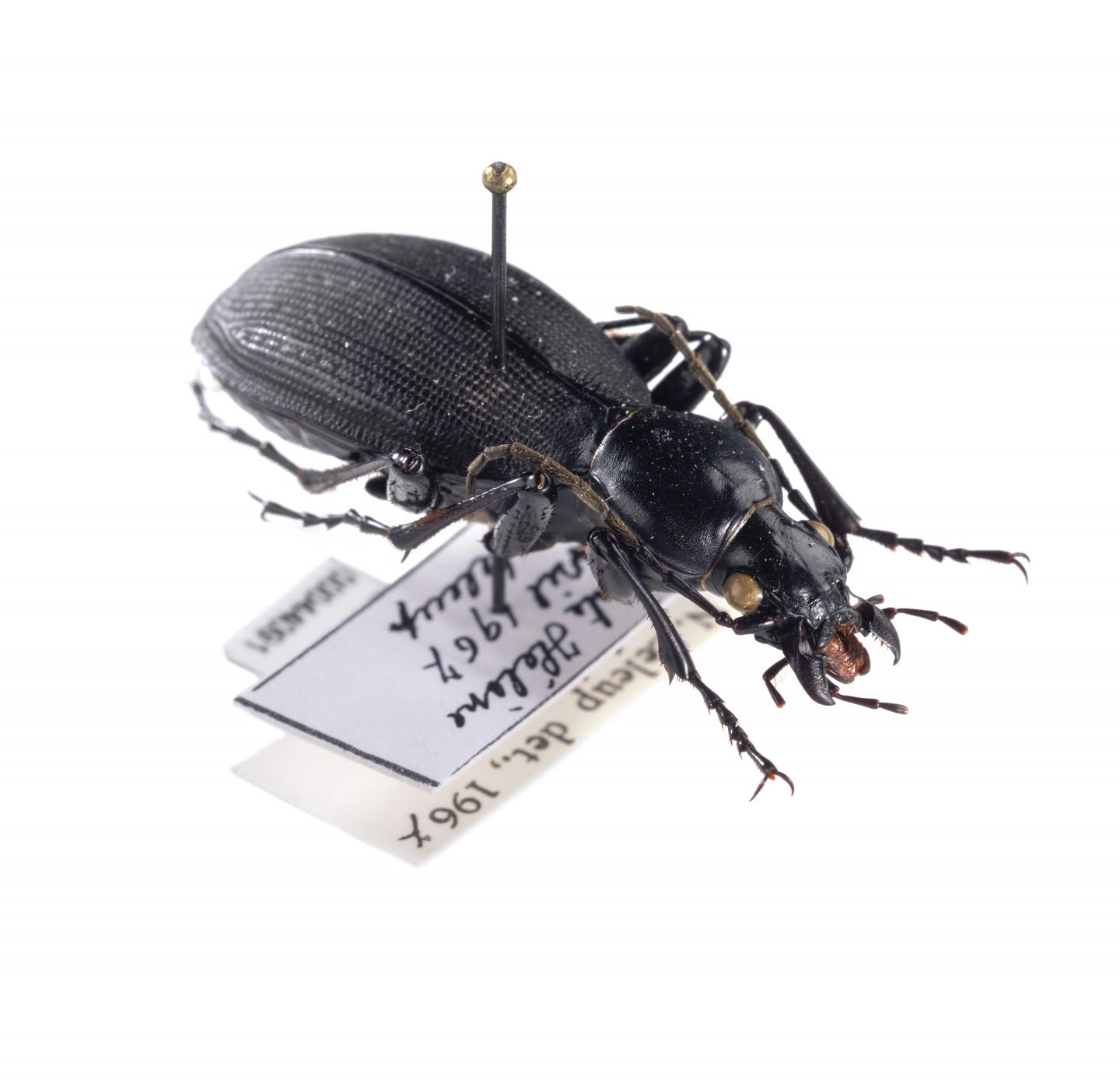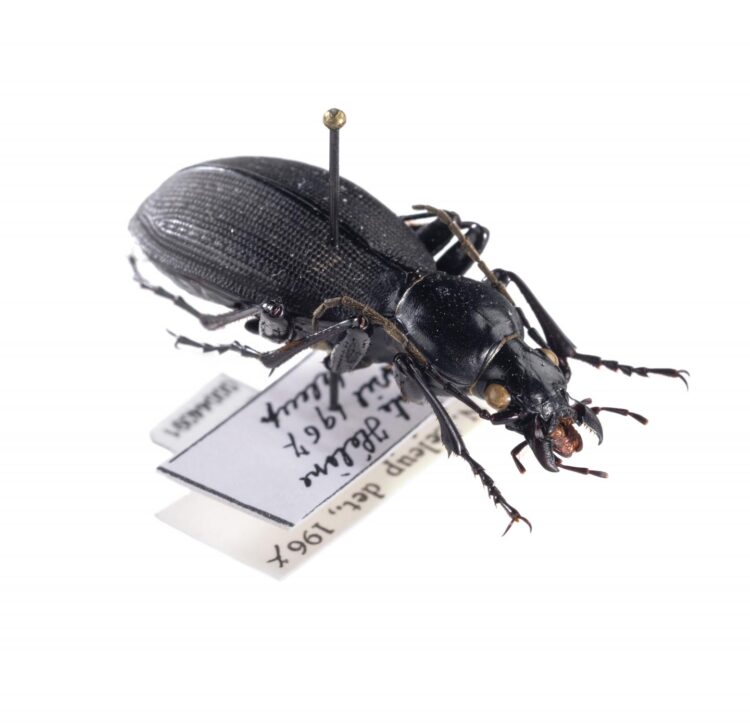An international team, led by UNIGE and MHN, has optimized a method for analyzing the genomes of specimens from natural history collections making possible to identify their placement along the evolutionary timeline.

Credit: © Philippe Wagneur / Muséum Genève
Museum specimens held in natural history collections around the world represent a wealth of underutilized genetic information due to the poor state of preservation of the DNA, which often makes it difficult to sequence. An international team, led by researchers from the University of Geneva (UNIGE) and the Museum of Natural History of the City of Geneva (MHN), has optimized a method developed for analyzing ancient DNA to identify the relationships between species on a deep evolutionary scale. This work is published in the journal Genome Biology and Evolution.
By combining and comparing the sequences of a large number of genes or complete genomes, it is possible to establish the links between related species and to trace the main steps in the evolution of organisms from a common ancestor. These phylogenomic studies are based on the amplification and sequencing of DNA fragments, followed by bioinformatics analyses to compare the sequences. They therefore typically require carefully sampled DNA in good preservation condition.
Deciphering degraded DNA
For this reason, most of the specimens preserved in natural history museums have not yet revealed all their secrets, since in most cases the DNA is often highly degraded and difficult to sequence. An international team led by Emmanuel Toussaint, researcher at the MHN, and Nadir Alvarez, researcher at the Department of Genetics and Evolution of the Faculty of Science of the UNIGE and chief curator at the MHN, has perfected a method already used for well-preserved samples in order to apply it to DNA that is highly fragmented due to partial degradation. The HyRAD-X technique consists of fishing out pieces of the genome to be analyzed with DNA probes from closely related species, and then sequencing them to detect the differences between the genomes. However, these DNA probes are only effective hooks for closely related genomes and this technique had so far only allowed to follow the evolution of a single species over time.
In this work, the scientists used HyRAD-X RNA probes instead of DNA probes to find fragments of interest in the genome. RNAs, copies of DNA molecules in charge of transferring the information encoded by the genome, have a very strong affinity for DNA and RNA-DNA pairings occur more easily than DNA-DNA pairings. RNA probes are therefore more efficient hooks, especially when the genomes to be analyzed demonstrate large divergence levels. “Thanks to this new method, we were able to trace the evolutionary history, not within a single species over a million years, but within several species and over tens of millions of years!” explains Emmanuel Toussaint, first author of the study.
The genealogy of the carabid beetle better known
The researchers were notably interested in the specimens of an emblematic carabid from the island of Saint Helena in the middle of the Atlantic Ocean, collected in the 1960s and preserved at the MHN in Geneva. The analysis of the DNA of these beetles revealed that this species, now extinct and until now classified in the genus Aplothorax, actually belongs to the genus Calosoma. It also allowed to locate its biogeographic origin probably in Africa and to generate the chronology of the evolution of the subfamily Carabinae whose origin goes back to the Lower Cretaceous. “Our study opens many perspectives to establish the evolutionary history of millions of specimens in museum collections around the world”, concludes Nadir Alvarez.
###
Media Contact
Nadir Alvarez
[email protected]
Original Source
https:/
Related Journal Article
http://dx.





